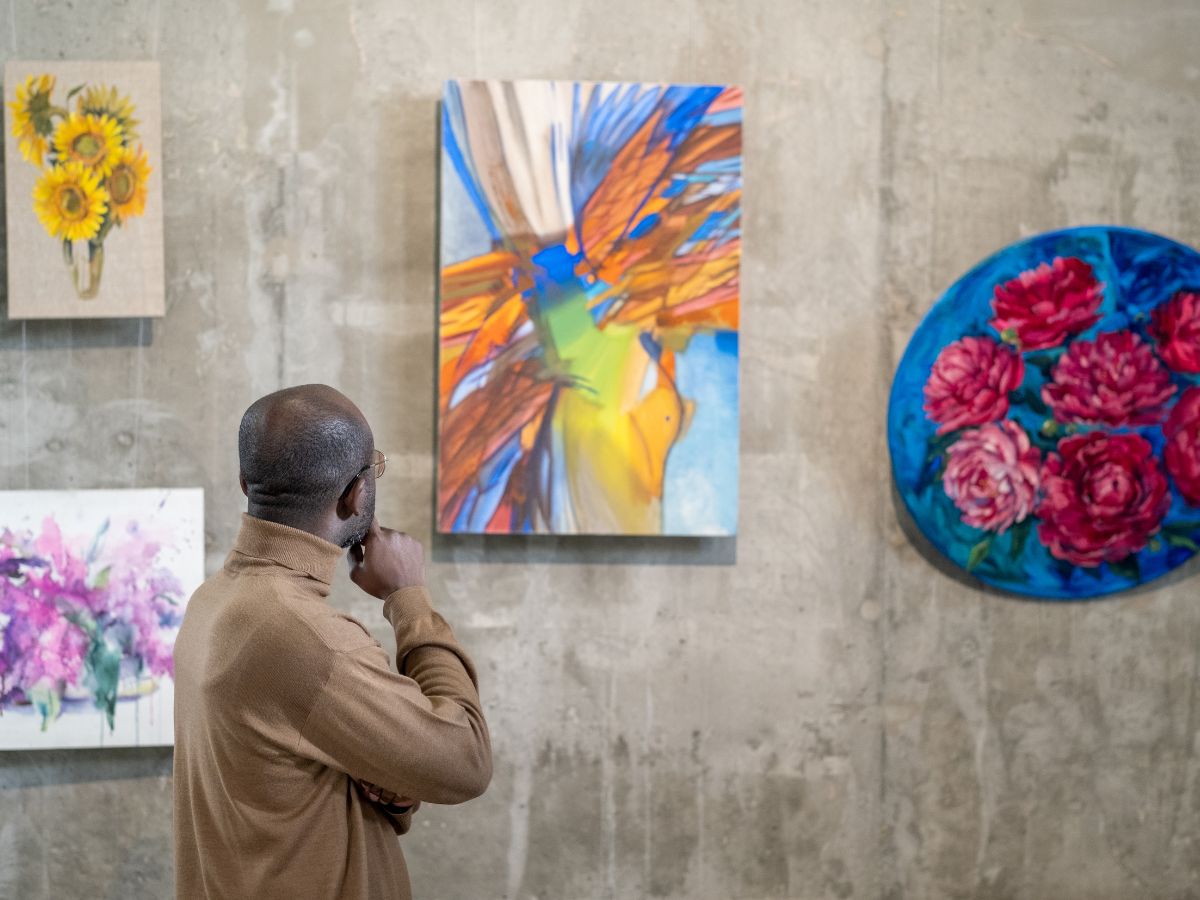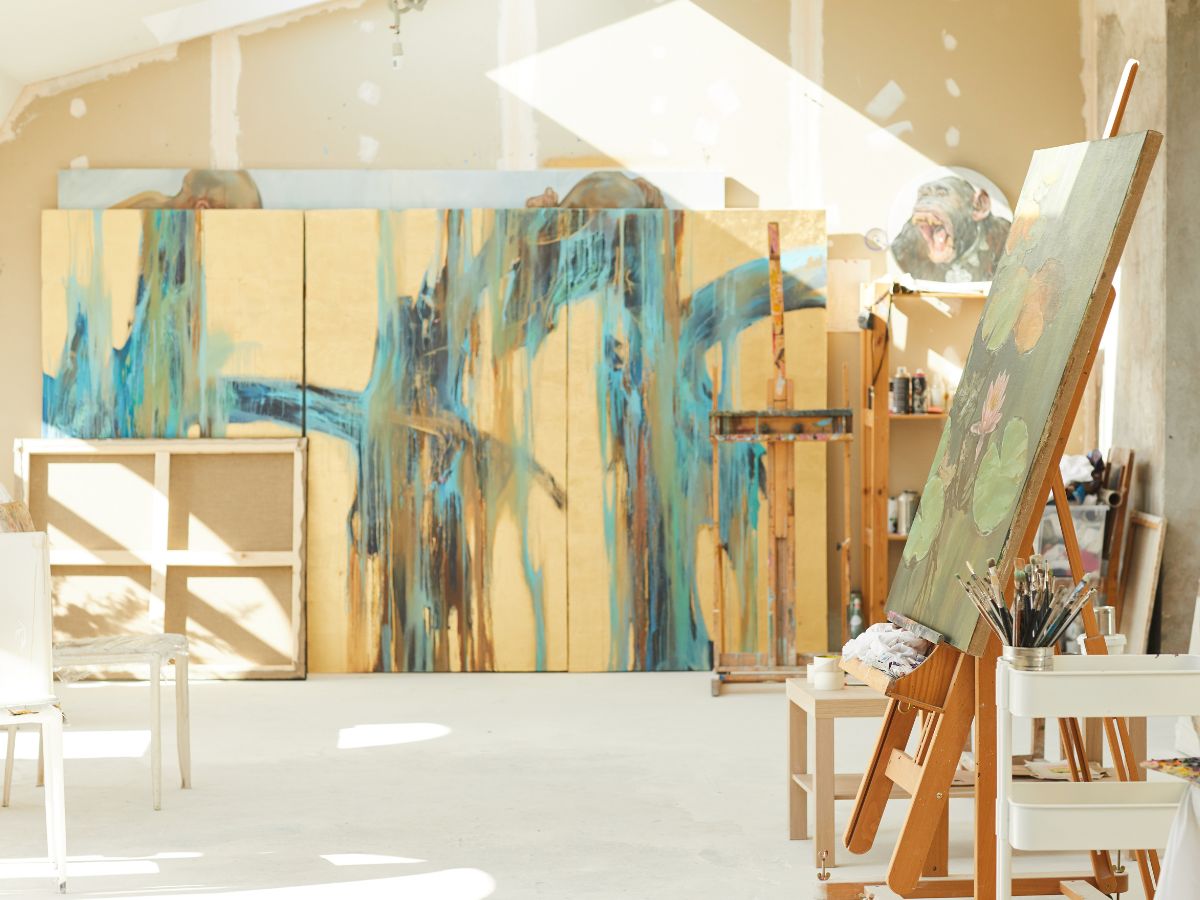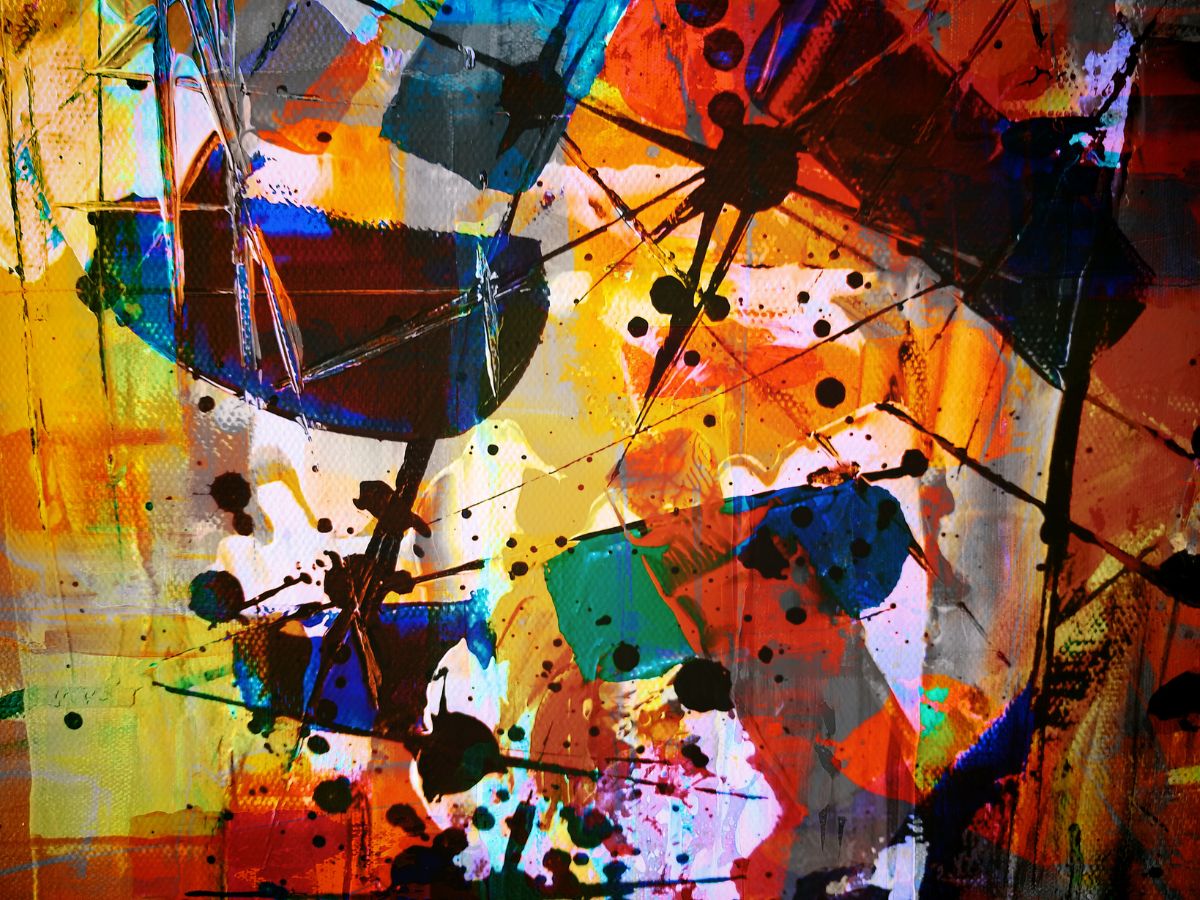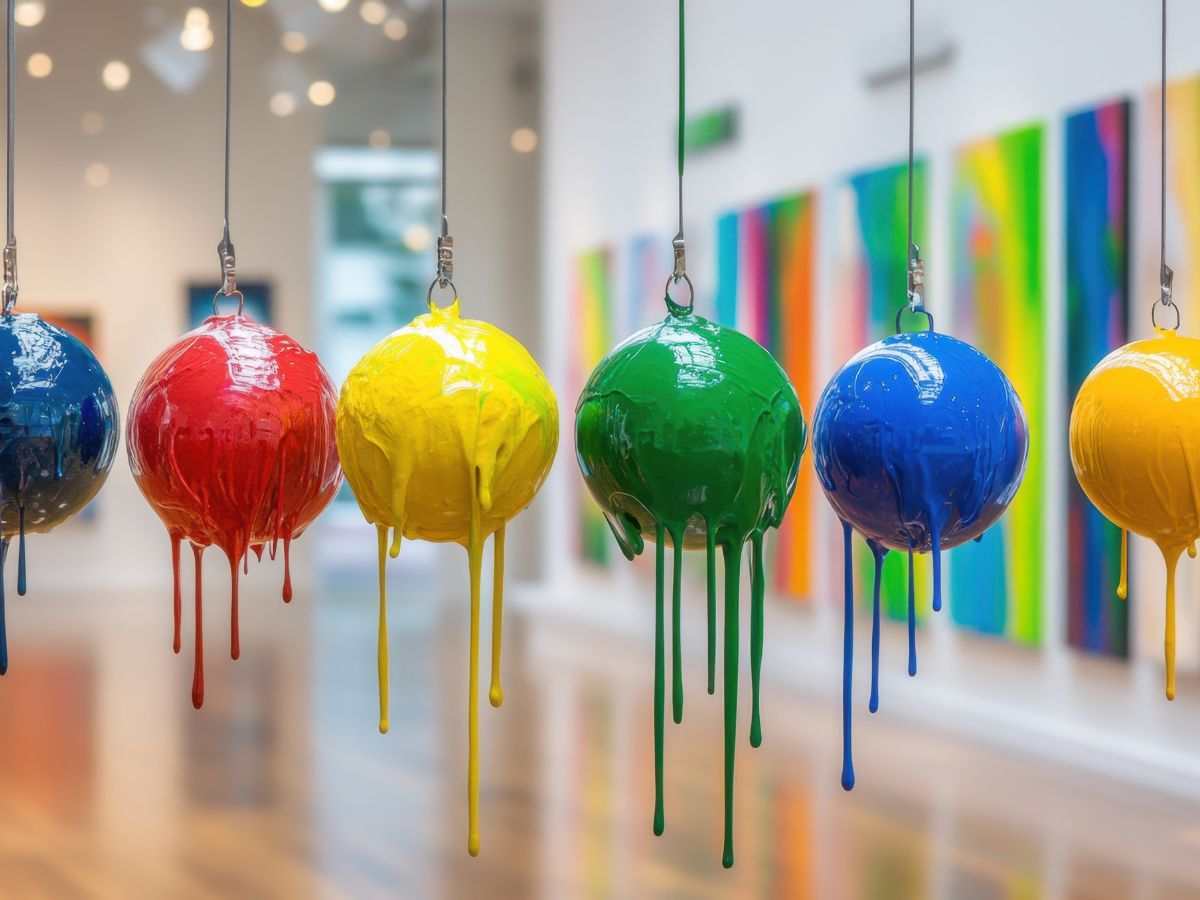
What Are the 4 Main Art Styles? A Guide for Artists and Hobbyists
When people talk about “art styles,” sometimes it feels like they’re speaking another language. In practice, though, many works fall broadly into a few main categories or styles that help us see how artists think, not just what they paint. Here are four major art styles and how they show up in your work or studies.
1. Representational (or Figurative) Art
This is “art you can recognize.” Representational art aims to depict real objects, people, or scenes in a way viewers can identify. Think portraits, landscapes, still lifes, realism. When you look at it, you know what it is. The goal is often clarity, proportion, light, and believable space.
If your painting shows a tree, a face, a room, and you want it to look like those things, you’re in the representational camp. Many art students start here because you train your eye, your draftsmanship, your color logic, and your ability to “see.”
2. Abstract Art
Abstract art leans away from literal depiction. It uses form, shape, color, line, texture–sometimes exaggerated, shifted, or simplified–to convey feeling, balance, or composition. The subject may be hinted at, but not clearly outlined.
You might paint a landscape, but abstract it into color fields and arcs instead of trees. Or reduce a figure into flat shapes and color zones. It’s a powerful style for exploring emotion, design, and visual experimentation.
3. Expressionist / Emotional / Gestural Style
Often overlapping with abstraction but with a stronger focus: expressionist style emphasizes emotion, energy, and gesture. Brushstrokes may be visible, paint might drip or slosh, lines may be loose, distortions intentional. The goal is to communicate internal states more than accurate depiction.
When you notice someone painting fast, dramatic, letting the hand move, using color aggressively, chances are they lean into expressionist impulses. This style welcomes imperfection, surprise, tension, and raw mark making.
4. Conceptual / Idea-Driven Art
Here, the idea or concept drives the work more than the visual result. Sometimes the visual part is minimal or even secondary. Conceptual artists might use text, instructions, documentation, or nontraditional materials. The work often asks: “What is art? What is meaning? What is the role of the object?”
In galleries and contemporary art circles, conceptual work has strong presence. It allows artists to question assumptions, explore identity, context, politics, memory, or language. The visuals can be subtle, even invisible or entirely symbolic.
Why These Four Matter
Many works combine more than one style. A painter can start representationally, abstract certain parts, let emotional gesture in key areas, and embed conceptual layers.
Understanding these styles helps you:
- See where your work fits, and where you want to push it.
- Recognize how your intentions (story, emotion, critique) tie to technique.
- Talk about your work more clearly to peers, teachers, or collectors.
- Learn from other artists more intentionally (when you see their style, you see choices).
In contemporary art, stylistic boundaries are softer. As the Getty remarks, contemporary artists often mix media, borrow from past styles (performance, minimalism, conceptual art), and refuse one fixed style.
When you walk into modern exhibitions, you’ll see paintings that are part representational, part abstraction, with a conceptual or expressive twist. The “four styles” are more like foundational poles rather than compartments.



